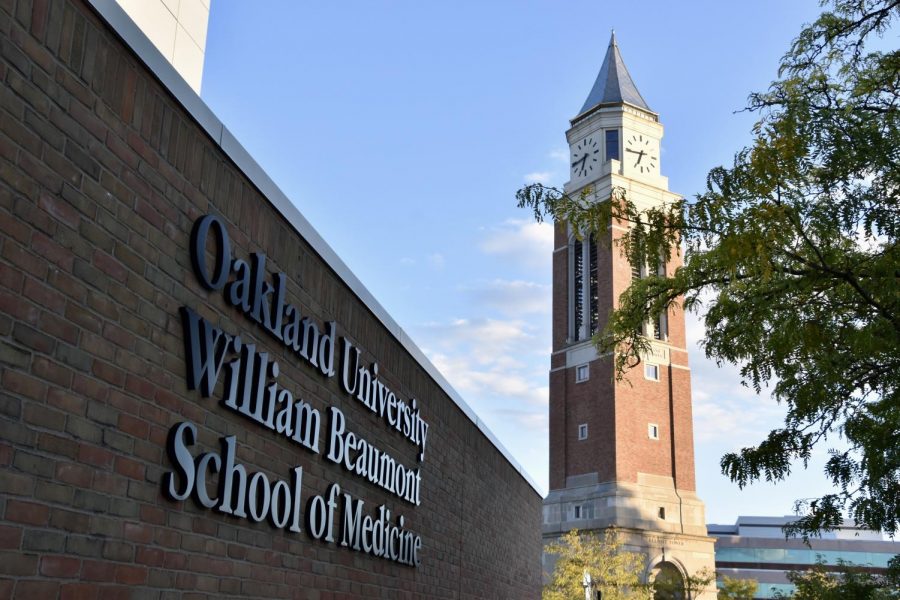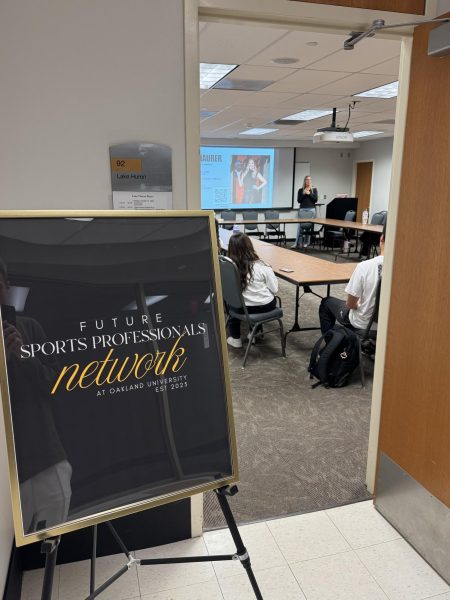Medical schools need more arts and humanities says OUWB study
A study from the OUWB School of Medicine concludes that medical schools need to integrate more arts and humanities (AH) studies into their curricula. The results show AH courses result in student growth in the areas of empathy, compassion, sensitivity and perceptiveness.
Faculty members of Oakland University William Beaumont (OUWB) School of Medicine are re-evaluating the need to integrate art and humanity (AH) studies into their curricula. Four OU professors collected over 177 articles and studies, selecting a final 34 to be included in their review.
Published in June 2021 in the Journal of Cancer Education, Department of English Professor Rachel Smydra, Ph.D; Department of Sociology Associate Professor Mathew May, Ph.D; and Department of Foundational Medical Studies Associate Professors Varna Taranikanti, M.D, Ph.D and Misa Mi, Ph.D. published “Integration of Arts and Humanities in Medical Education: a Narrative Review.” Their collected results show an increase in art studies ranging from music to writing to theater can help students grow in a variety of fields to make them better health care professionals.
“The changing landscape of practicing medicine has intensified the need for a holistic, person-centered approach to care,” reads the review’s introduction. “Physicians must be able to reflect on both personal and professional relationships to develop and enhance their own practices of recognizing and understanding cultural differences between themselves and other clinicians, patients and caretakers. A liberal arts perspective can offer an orientation to facilitate these desired outcomes.”
AH studies can provide that liberal arts perspective that is beneficial in a medical school setting. AH studies have shown student growth in areas such as “empathy, compassion, sensitivity, perceptiveness and best practices for effective communication and professionalism.” The review defined three key areas of AH: literature and creative writing; theatre, music, and movies; and visual arts.
Literature and creative writing exercises given to medical students gave them the opportunity to get personal with reading patient experiences and also reflect back on their own personal mindset. Through the analysis of characters and the challenge to write different perspectives, the students developed closer skills in empathy and compassion for their patients, and greater understanding for active communication.
Theatre, music and movies can teach students skills in communication and teamwork and reduce anxiety. A Nigerian survey from Anyanwu found that students who listen to country or classical music had reduced stress levels while dissecting cadavers, whereas students who listen to upbeat music were in a more anxiety-inducing environment.
Students who participated in examinations of visual arts showed a greater understanding of anatomy and observational skills that helped further their medical studies. Many medical schools around the world have identified visual arts to be vital to a student’s understanding of human anatomy.
The review was created because of an OU Learning Community (LC) forum of around 30 faculty members from all areas of OU. The LC is devoted to furthering the integration of AH in the OUWB curricula and teaching students the importance of Humanistic Medicine practices.
The review concludes: “Based on our review of the relevant literature, we recommend medical educators make more deliberate attempts to offer consistent, required courses or learning experiences that include elements of AH throughout educational programs. It would be useful for faculty to make concerted efforts to engage with the resources in their own programs or courses.”






Drew B. • Sep 30, 2021 at 8:38 AM
“Their collected results show an increase in art studies ranging from music to writing to theater can help students grow in a variety of fields to make them better health care professionals.”
While this is true, there is nothing to indicate that Med School is the best place, or even an appropriate place, to gain that knowledge. Given the skyrocketing cost of education, and the increasingly urgent lack of employees in the medical field, advanced university study regimes should not be expanded, but rather should be pared down to those subjects related to the students’ particular field. Med School students should be studying medicine. Let them round out their arts education as undergrads through more intelligently designed curricula in the *already required* humanities courses. That is why those classes are required in the first place!
Advanced non-humanities degree programs are simply the wrong place to be fostering an artistic sense. If students have not developed that appreciation by that point there are plenty of opportunities available, largely free of charge, through local municipal arts organizations and/or adult ed programs. There is absolutely no call to use the expensive university system to provide Med School students with basic arts appreciation.